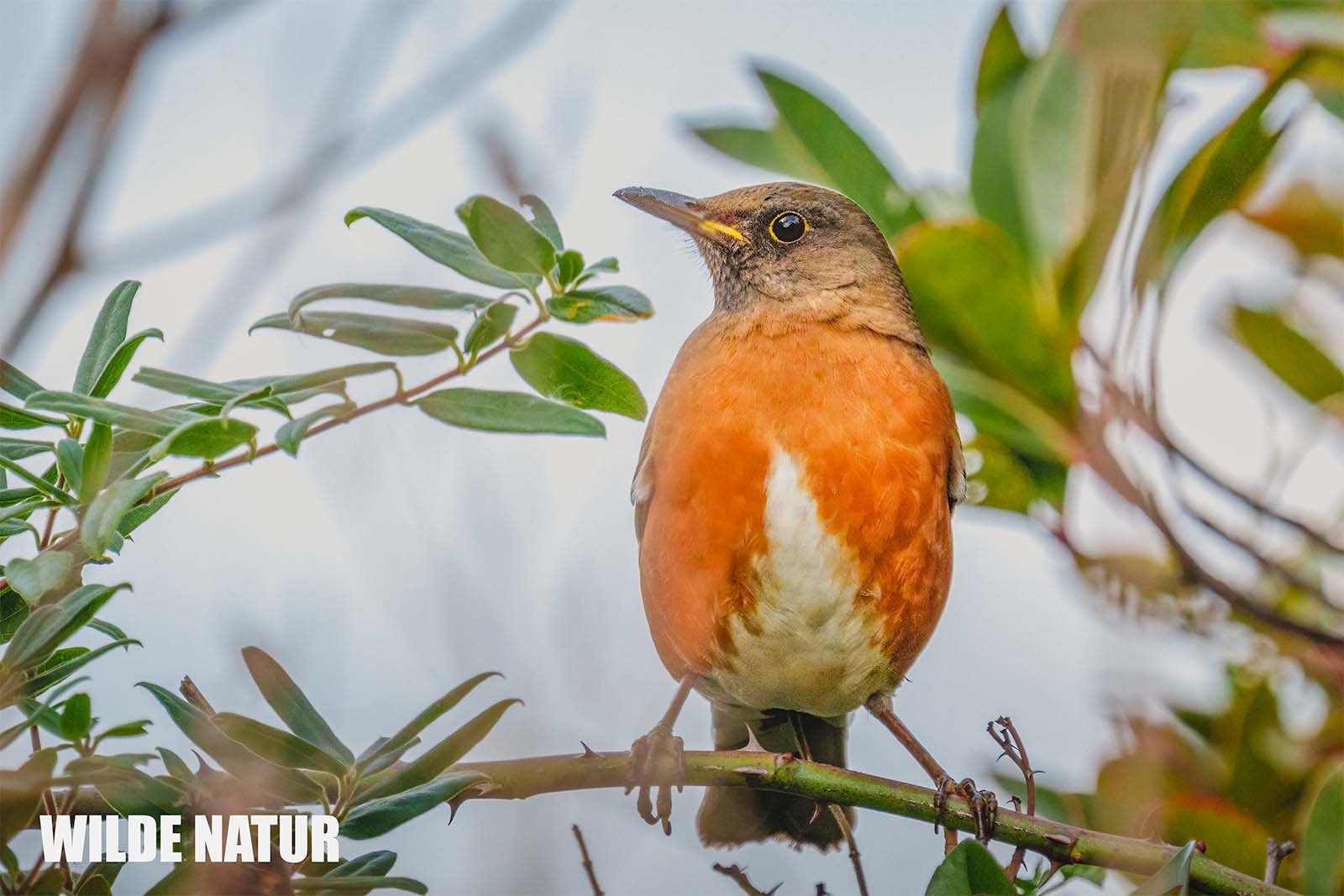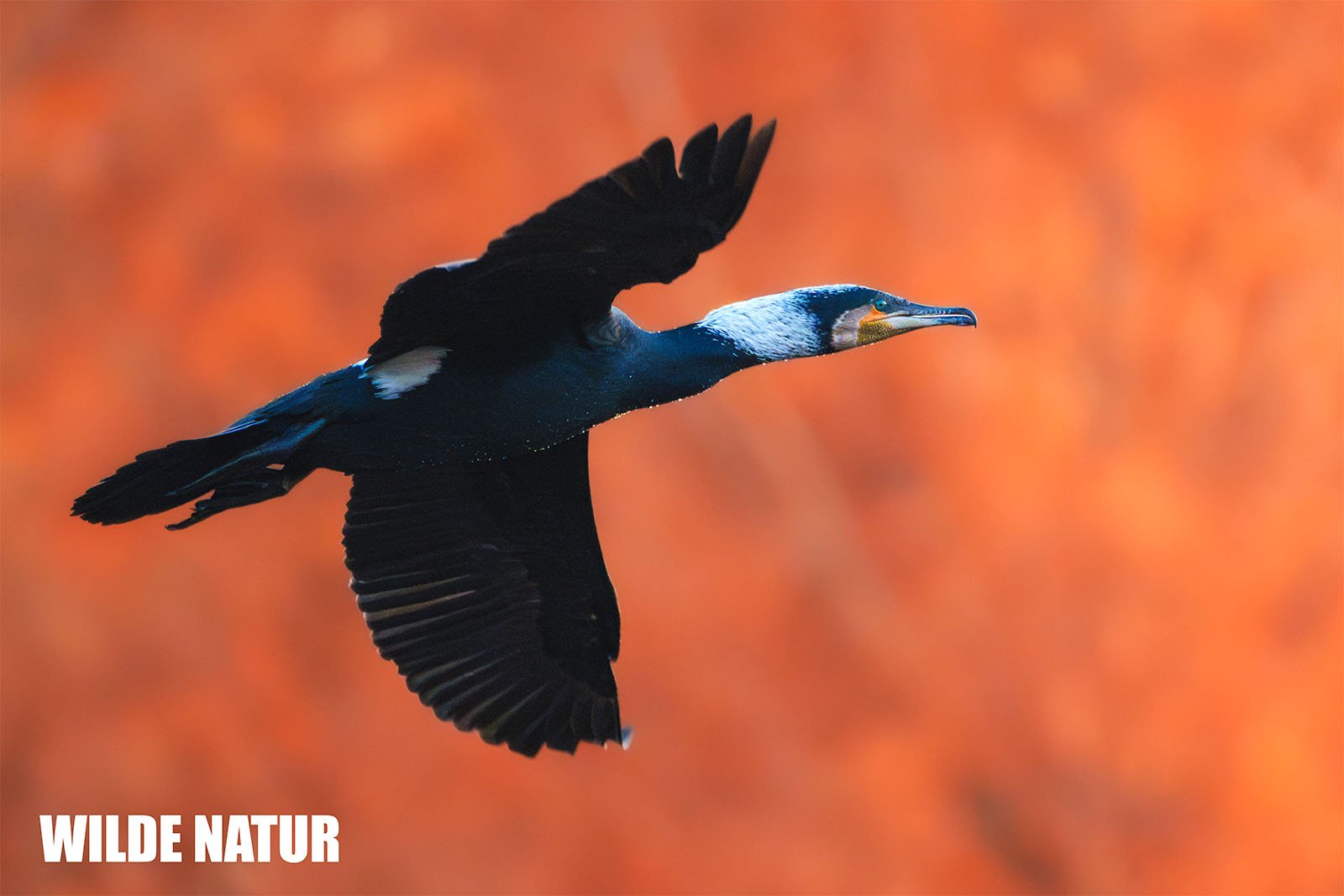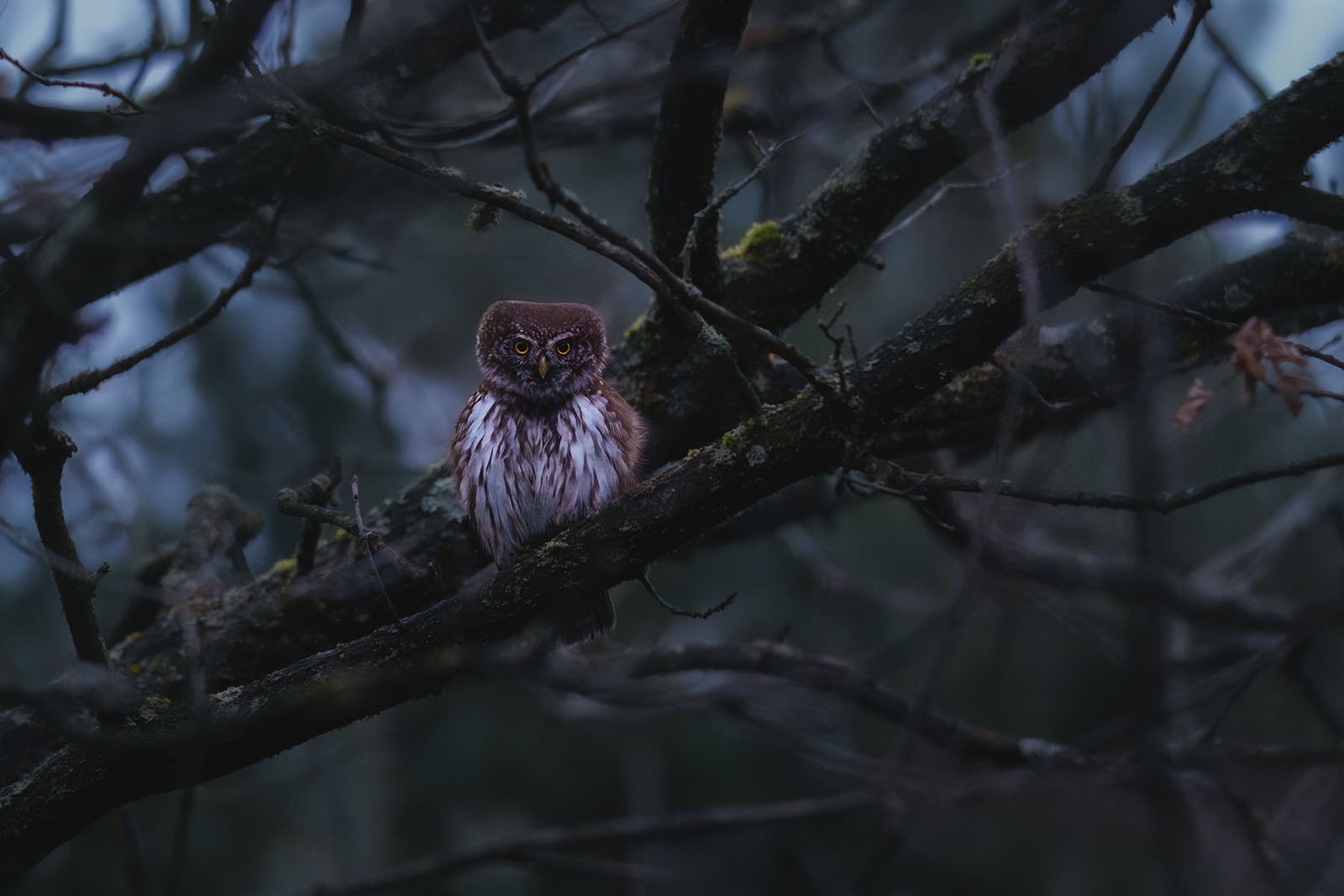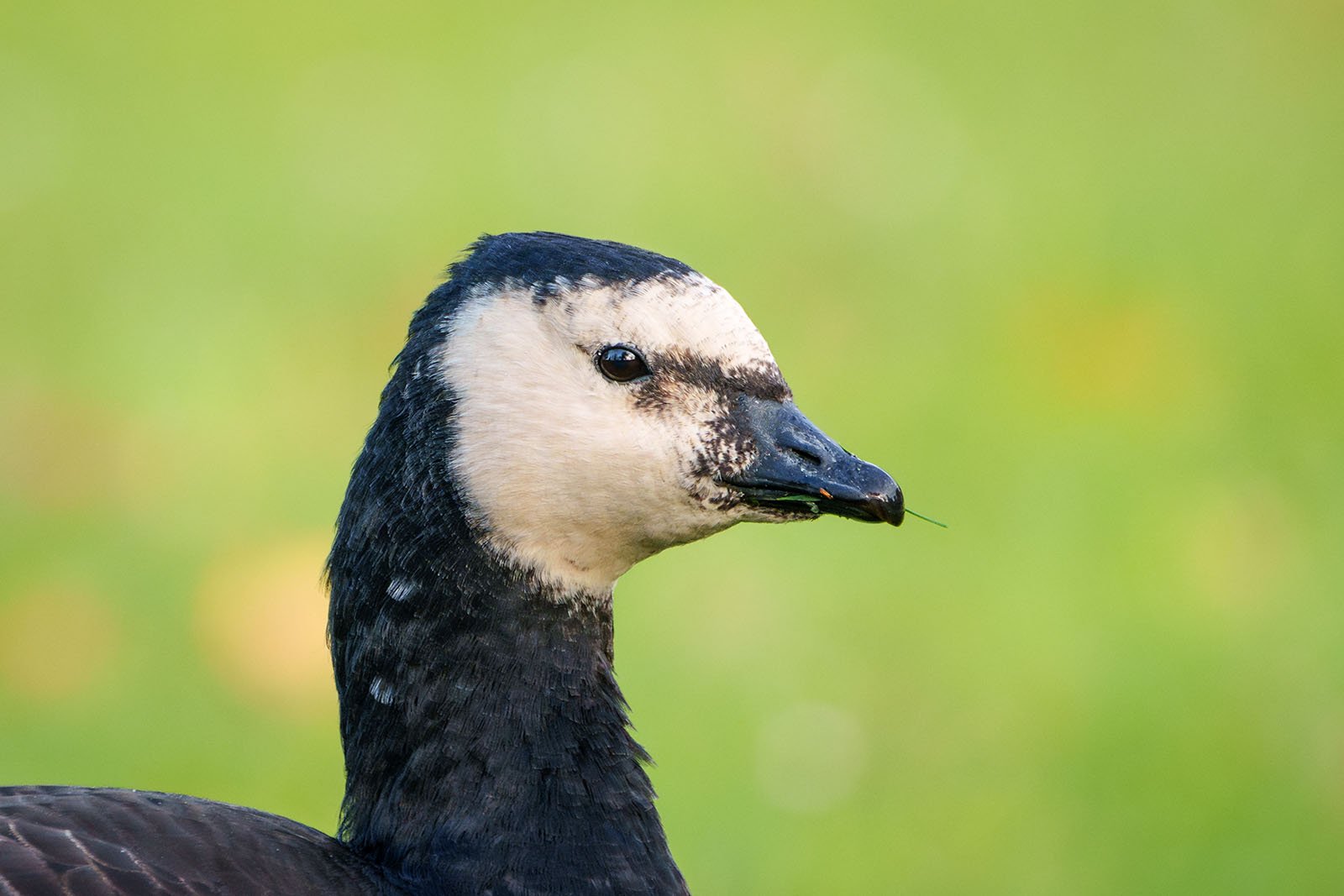White wagtail (Motacilla alba)
White wagtail (Motacilla alba)
Key Facts:
- Size: 16.5–19 cm
- Features: Gray-black feathers with long tail feathers, white face coloring
- Habitat: Near water, but also in urban areas
- Breeding: Nest often found in cracks or gaps in buildings
- Diet: Flying insects
The White Wagtail (Motacilla alba) – A Lively Urban Bird
Table of Contents
- Introduction: The White Wagtail – A Common Bird in Town and Nature
- Appearance: How to Identify the White Wagtail
- Habitat: Where the White Wagtail Lives
- Behavior: The Famous Tail-Wagging and Quick Steps
- Breeding: How the White Wagtail Builds Its Nest
- Diet: Hunting for Insects
- FAQ: Common Questions About the White Wagtail
1. Introduction: The White Wagtail – A Common Bird in Town and Nature
The white wagtail is a small, lively bird with a long tail and striking black and white feathers. Originally found near rivers and lakes, it has now adapted well to towns and cities. You can often see it on roads, in parks, or near water, where it is easy to spot because of its tail-wagging and quick movements.
2. Appearance: How to Identify the White Wagtail
The white wagtail is 16.5 to 19 cm long and has a slim, elegant body. Its colors are easy to recognize:
- Male (Breeding Season): Black head and neck, white face, gray back, and white belly.
- Female: Similar to the male, but the black and gray colors are softer.
- Young Birds: Gray and speckled feathers with a faint dark patch on the chest.
The bird has a black, thin beak, perfect for catching insects. Its dark eyes are highlighted by a small white ring, giving it a sharp look.
3. Habitat: Where the White Wagtail Lives
The white wagtail likes open areas near water. You can find it along rivers, lakes, and wet meadows. But it also lives in cities, building nests on buildings and bridges. In towns, it is often seen on sidewalks, parking lots, and even in busy streets, always looking for insects.
4. Behavior: The Famous Tail-Wagging and Quick Steps
The white wagtail is known for constantly wagging its long tail up and down. It moves quickly on the ground, running in small steps while hunting insects. This tail-wagging is a special characteristic that makes it easy to identify the bird.
5. Breeding: How the White Wagtail Builds Its Nest
White wagtails are clever when it comes to building nests. They often choose hidden spots in buildings, under roofs, or in cracks and gaps. The nest is made of grass, moss, and feathers, offering a safe home for the eggs. Usually, the female lays five to six eggs. Both parents take care of the chicks, which leave the nest after about two weeks.
6. Diet: Hunting for Insects
The white wagtail mainly eats flying insects like flies, mosquitoes, and small beetles. It catches its food on the ground or in short flights. You often see it near water or on open fields, where insects are easy to find.
7. FAQ: Common Questions About the White Wagtail
1. How can I recognize a white wagtail?
The long tail and the black-and-white colors are the easiest signs. Also, the bird is always wagging its tail.
2. Where can I see white wagtails?
They live near rivers and lakes but also in towns, especially in parks and on streets.
3. What do white wagtails eat?
They mainly hunt flying insects like flies and mosquitoes.
4. When do white wagtails breed?
They start nesting in spring, usually in April. They like to build nests in small hidden spaces, often on buildings.
5. Why does the white wagtail always wag its tail?
The exact reason is not fully known, but it might help with balance or be a way of communicating with other wagtails.
White Wagtail – Color Features:
Feathers:
- Males: Black cap, white face, gray upper body, white underbody
- Females: Softer transition between black and gray
- Young Birds: Gray breast patch, less intense colors
Beak:
- Black, thin, and pointed
Eyes:
- Dark with a fine white eye ring
Feet:
- Black































